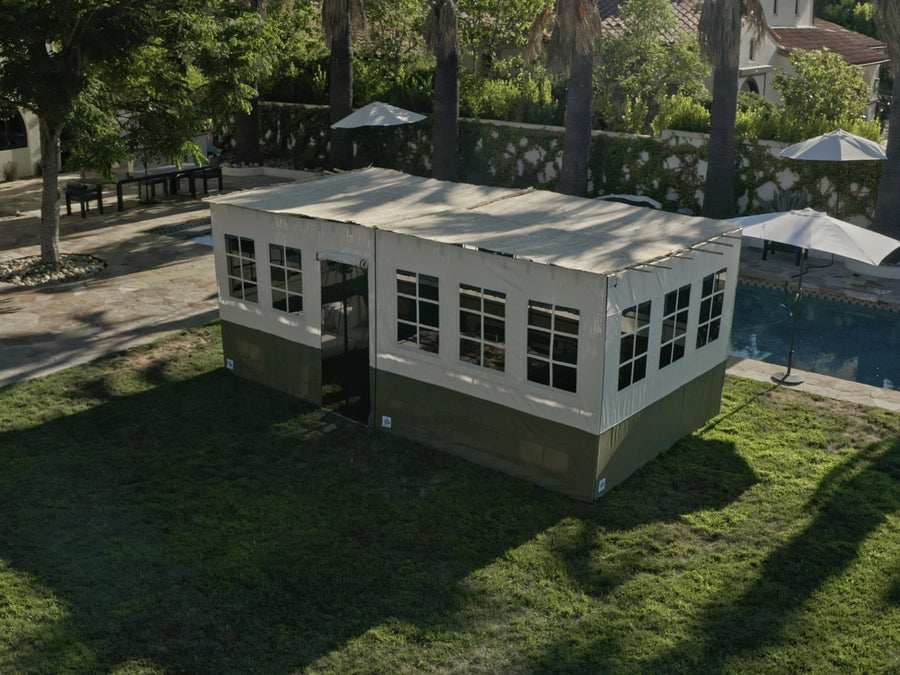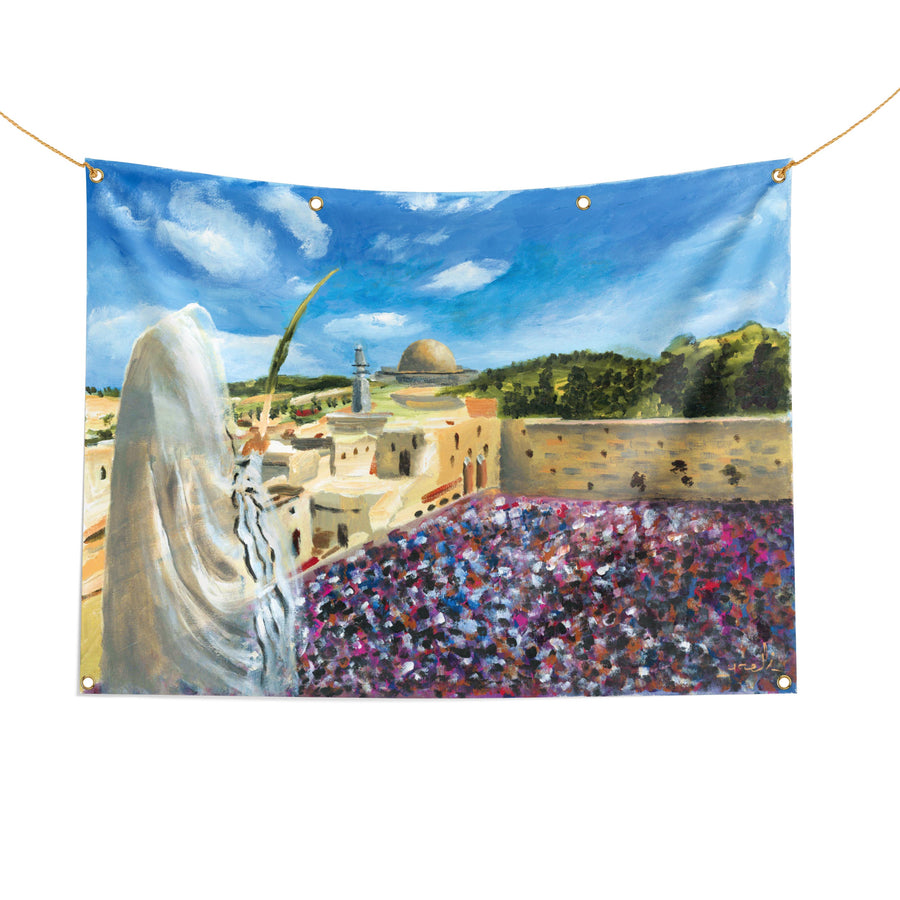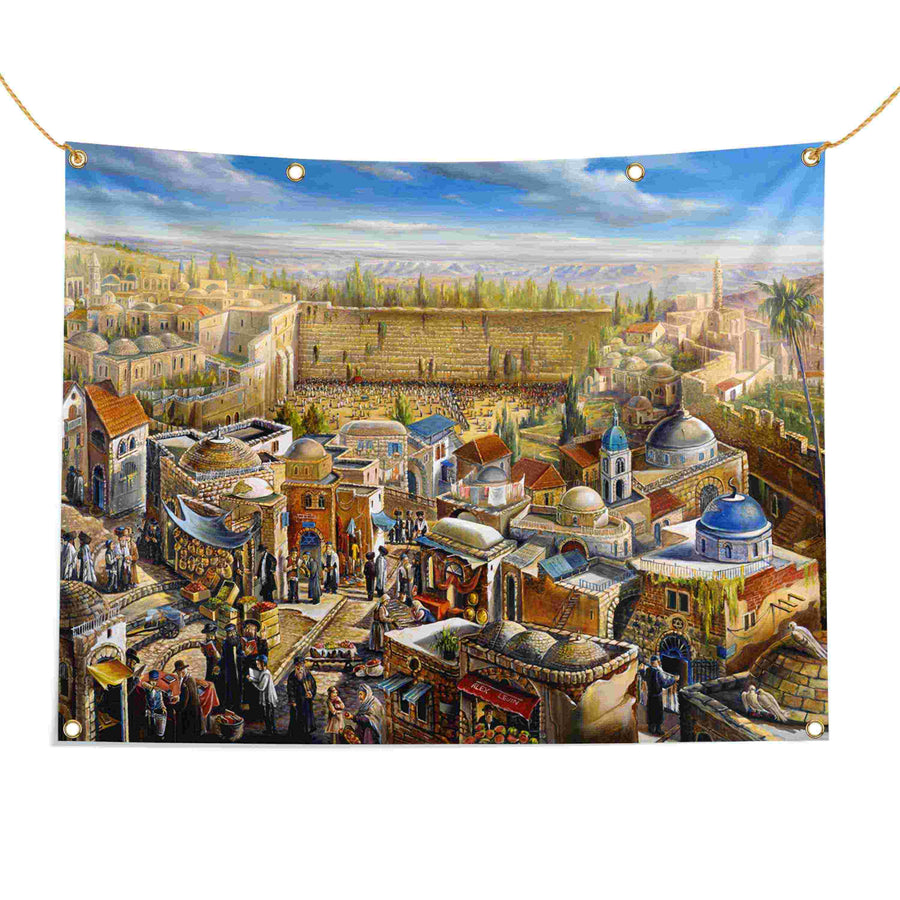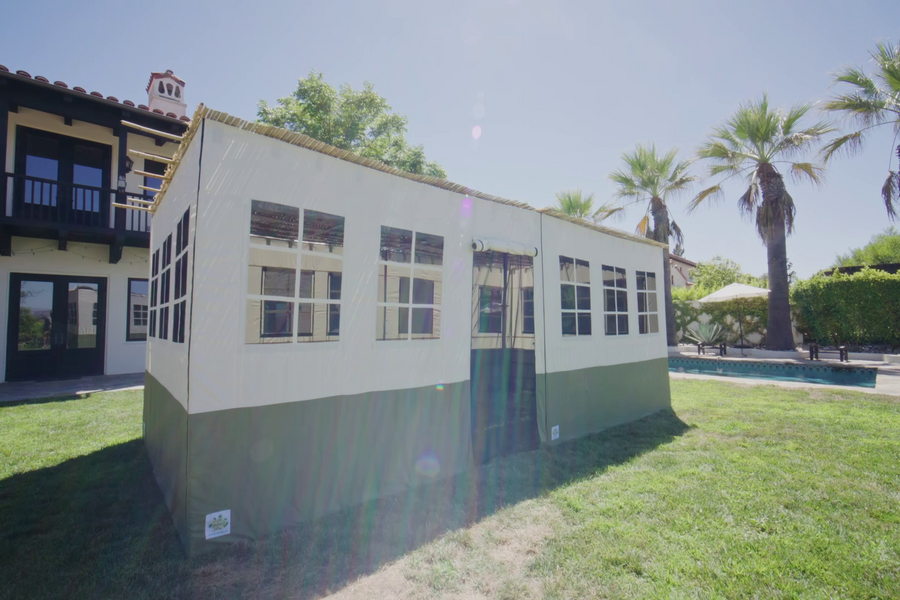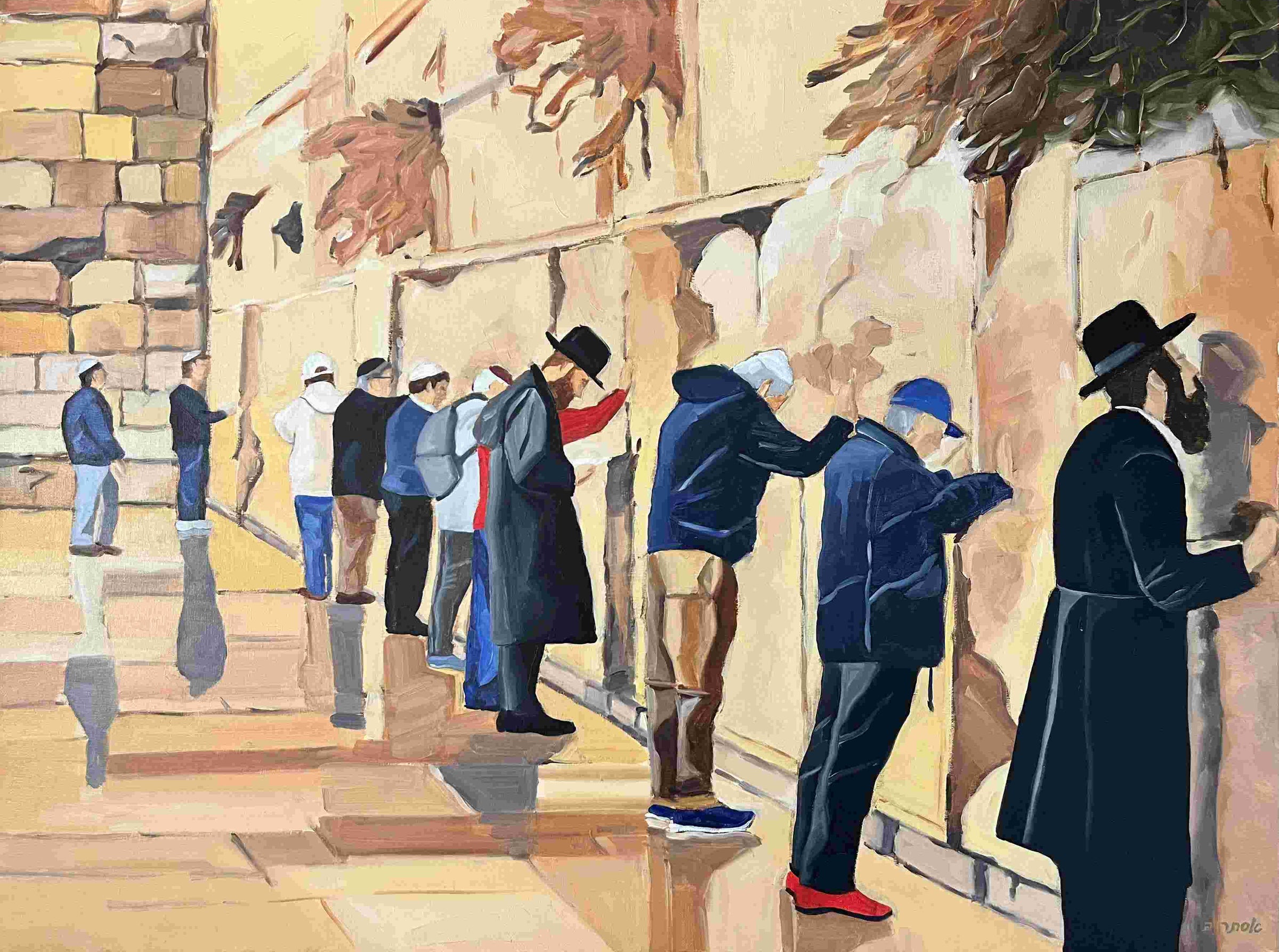

Table of contents
Sukkot is like the grand finale of Jewish holidays – a festival so packed with mitzvot, you might need a checklist to keep track! From building and dwelling in the Sukkah , to shaking the lulav and etrog (the Four Kinds), to partaking in customs like the willow-whacking on Hoshana Rabbah, and even rejoicing as commanded by the Torah (Deuteronomy 16:14), Sukkot is brimming with opportunities to fulfill commandments. But what’s with the sudden appearance of all these mitzvot right after the solemn days of Rosh Hashanah and Yom Kippur?
Let’s take a tour through the significance of this festival, and why the “mitzvah marathon” of Sukkot is actually a victory celebration like no other!
Sukkot: The Afterparty of Rosh Hashanah and Yom Kippur
Rabbi Avin paints a vivid picture: Imagine two people stand trial, but we’re unsure who came out victorious. Then, one walks out holding a shiny scepter – that’s how we know who our winner is! Similarly, after Rosh Hashanah and Yom Kippur, we might wonder, “Did we win?” Well, when the Jewish people walk out holding their lulav and etrog, the message is clear: Israel has triumphed!
This victory is about showing that we’ve emerged from Divine judgment with a clean slate, which is why Sukkot becomes a celebration of forgiveness, love, and, of course, mitzvot! By taking up the lulav , dwelling in the Sukkah , and rejoicing with water libations, we’re holding the King’s scepter, joyfully following His commands.
A Joyful Command: Rejoicing Is a Mitzvah!
Among the mitzvot of Sukkot is the special command to rejoice – yes, you read that right. We’re not just allowed to be happy, it’s a mitzvah to be happy! After all the soul-searching and solemn reflection of the High Holidays, Sukkot flips the script. Now it’s time to celebrate life, the world, and all the blessings we’ve been given.
And when Sukkot wraps up, we don’t just rush back to our routines. We add one more day, Shemini Atzeret , to stay a little longer in G‑d’s presence. It’s the ultimate encore where we rejoice with the Torah on Simchat Torah, dancing and celebrating the beautiful commandments that bring us closer to the Divine.
Mitzvah Construction Mode: The Four Days Between Yom Kippur and Sukkot
Between Yom Kippur and Sukkot , we’re not lounging around basking in our post-fasting glow. The Jewish people are busy – building their Sukkahs, hunting down the best lulav and etrog sets, and preparing for the mitzvah extravaganza ahead. During this time, we’re so immersed in fulfilling commandments that even an accounting of our sins is pushed off. G‑d doesn’t bother counting them while we’re totally preoccupied with mitzvot!
This leads to the idea of Sukkot being “the first day” on which our new year’s spiritual account gets opened. After Yom Kippur, it’s like G‑d hits the reset button, and Sukkot is the perfect fresh start – bursting with mitzvot, just like a pomegranate is packed with seeds.
A Fresh Start: When Mitzvot Turn the Tide
Why is Sukkot referred to as the “first day” when it actually falls on the 15th of Tishrei? Well, it’s all about the reset. Picture a king approaching a province to collect a debt. As the king gets closer, the town’s dignitaries and citizens keep stepping up to greet him, each time earning a reduction in their debt. By the time everyone – men, women, and children – come out to greet him, the king erases the debt entirely and says, “Let’s start afresh.”
In the same way, Rosh Hashanah, Yom Kippur, and Sukkot represent moments when we step up, fast, and reflect, earning reductions in our “spiritual debt.” And on the first day of Sukkot, with lulav and etrog in hand, G‑d says, “What’s past is past. Now, let’s start a new account.” We’re given a clean slate, and our accusers become our defenders, all thanks to the power of mitzvot.
Sukkot – A Festival of Joy, Mitzvot, and Victory
So, why does Sukkot come right after the High Holidays? Because it’s the ultimate victory lap! After emerging meritorious from the judgment of Rosh Hashanah and Yom Kippur, we dive straight into mitzvot – building Sukkahs, shaking lulavs, and rejoicing with the full joy of knowing we’ve been forgiven.
